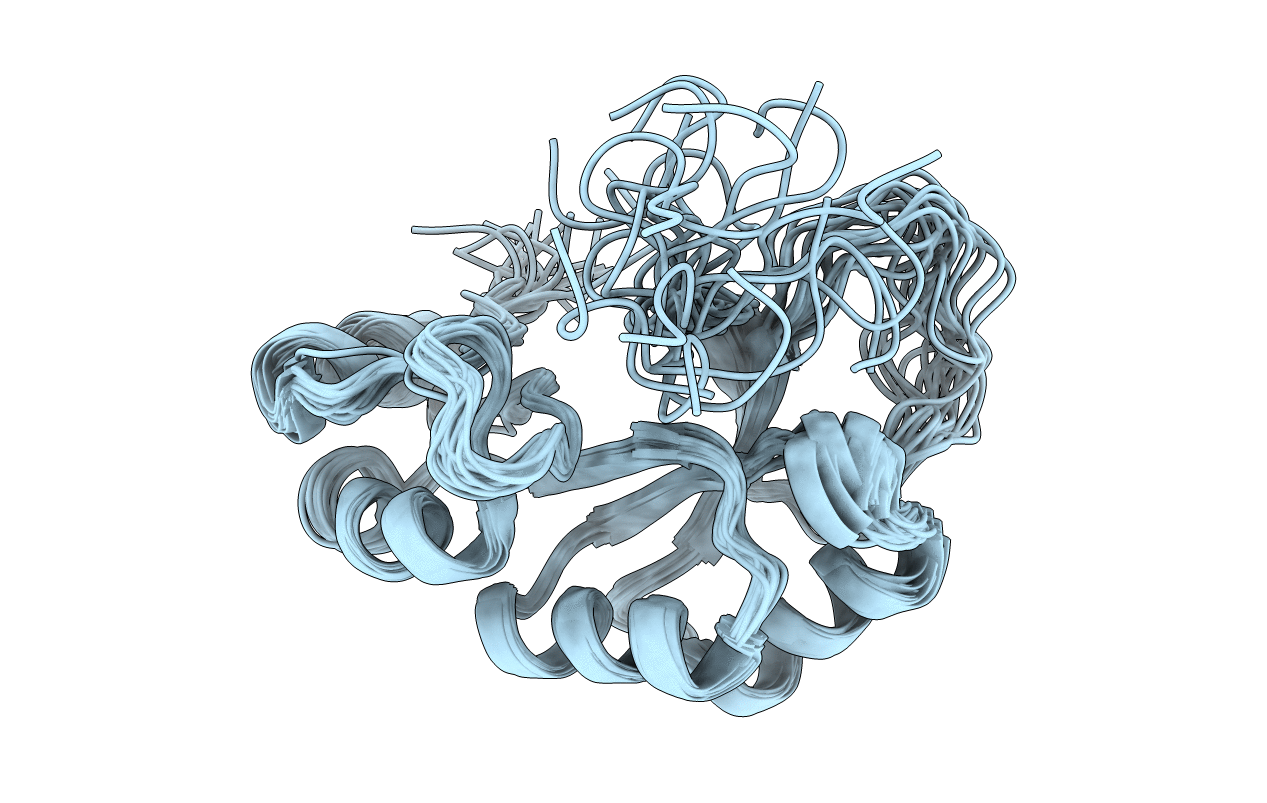
Deposition Date
2010-06-17
Release Date
2011-03-09
Last Version Date
2024-05-15
Entry Detail
PDB ID:
2KZH
Keywords:
Title:
Three-dimensional structure of a truncated phosphoribosylanthranilate isomerase (residues 255-384) from Escherichia coli
Biological Source:
Source Organism:
Escherichia coli (Taxon ID: 83333)
Host Organism:
Method Details:
Experimental Method:
Conformers Calculated:
100
Conformers Submitted:
20
Selection Criteria:
structures with the least restraint violations


